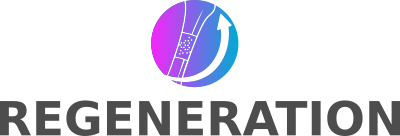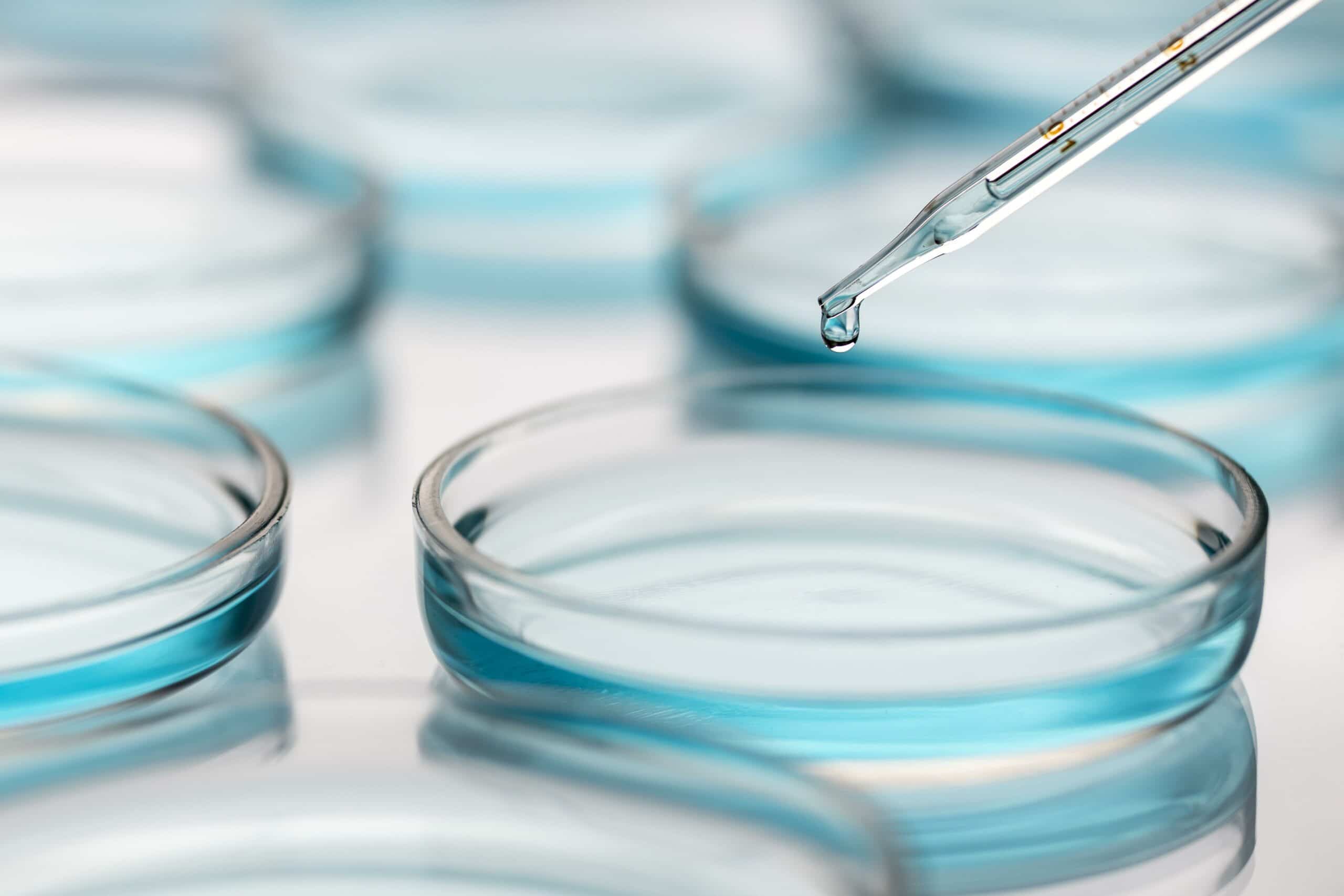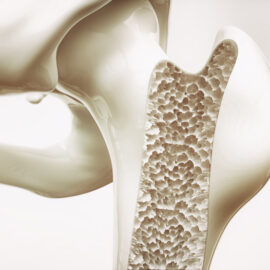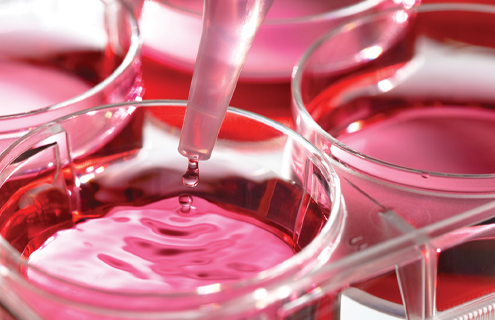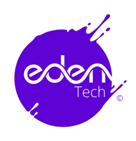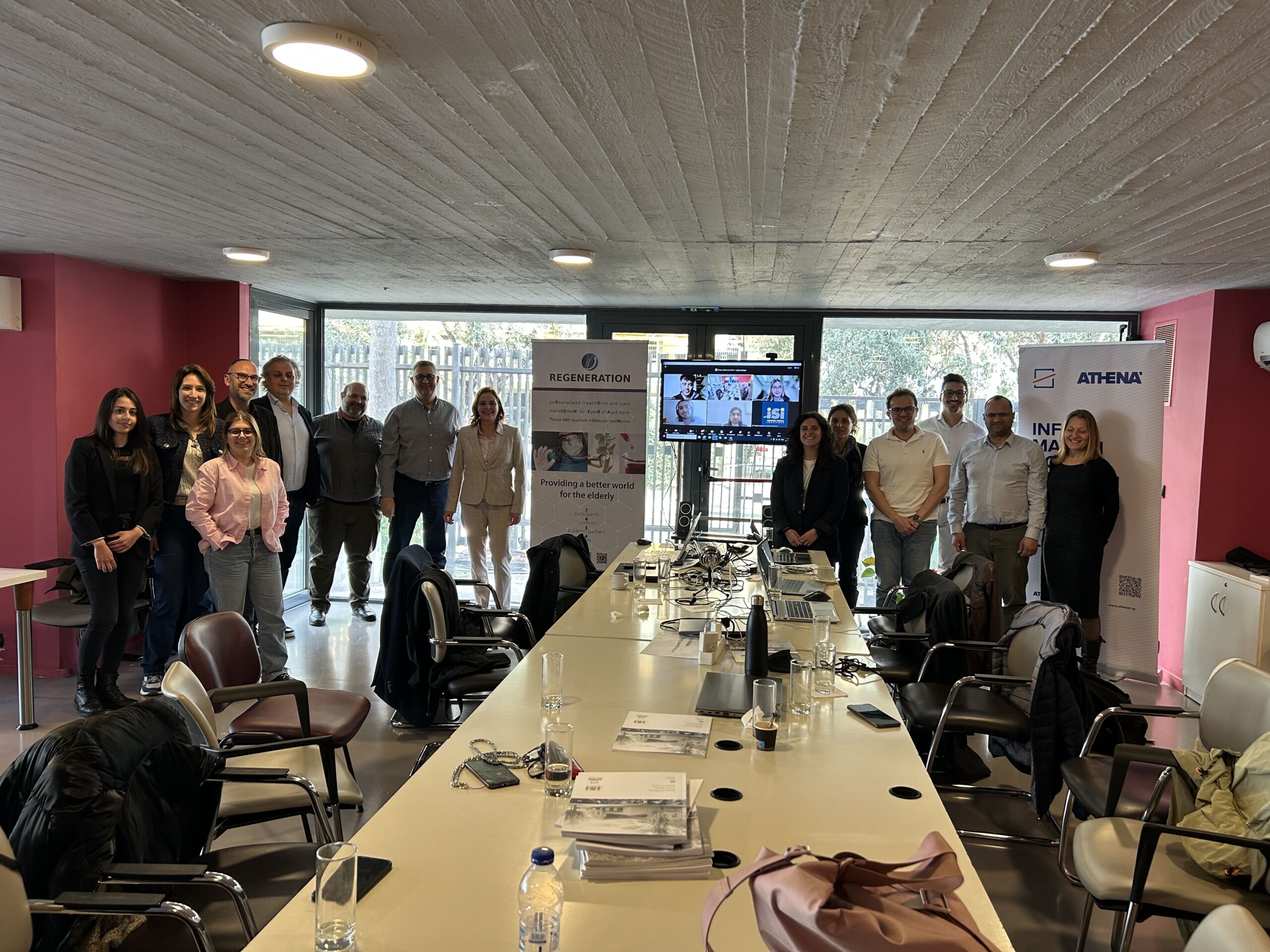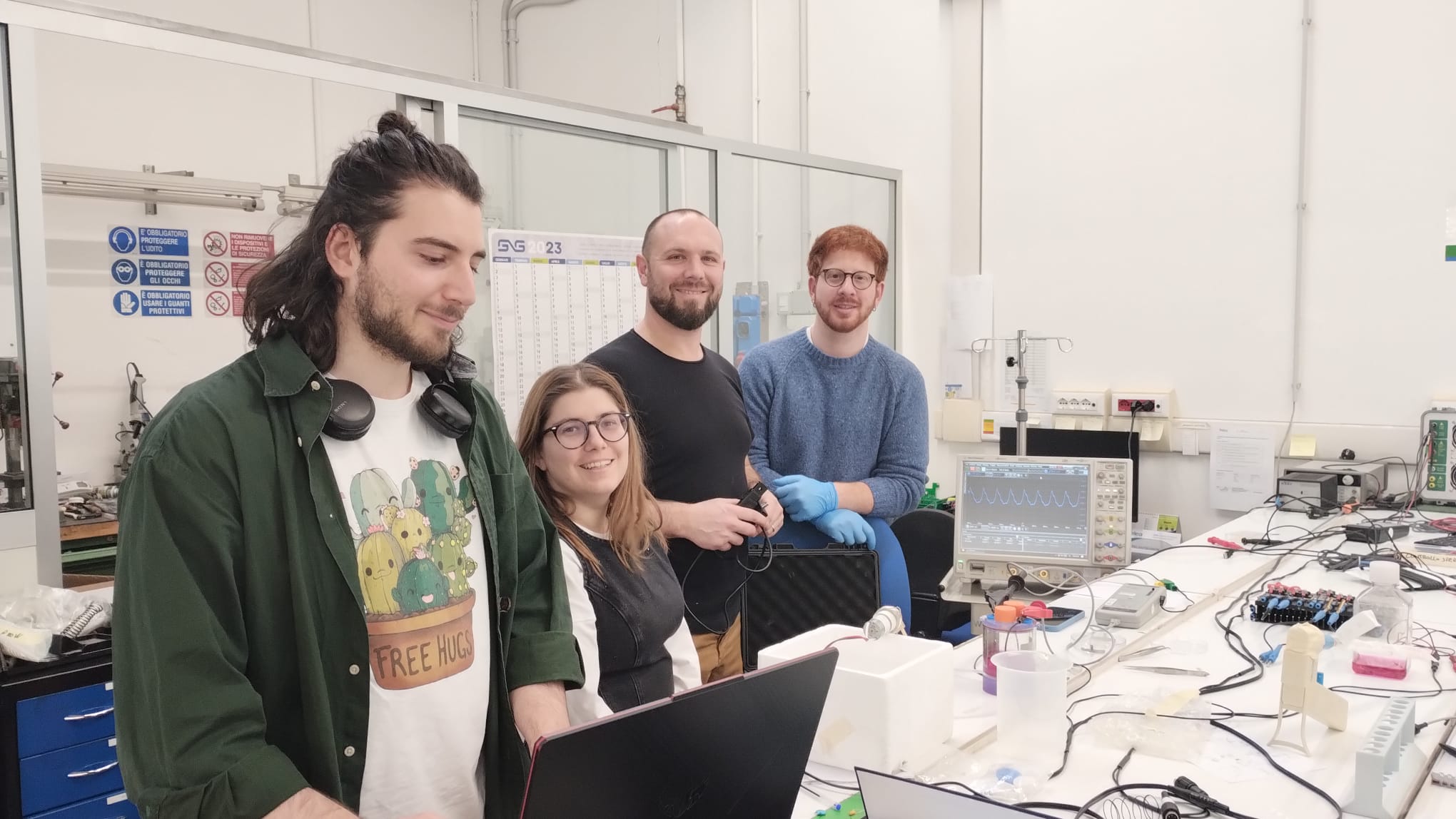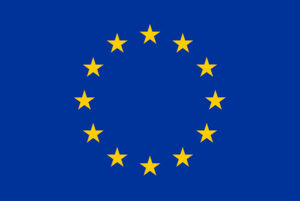Providing a better world for the elderly
Bone aging reduces the quality of life of the elderly and puts social and economic burden on society. Aging bones fail more easily when challenged mechanically or with toxicants or pollutants, and respond differently to drugs than healthy bone.
To personalize therapies and enable better preventive care for the elderly it is essential to develop reliable and sustainable in vitro models of aged bone tissue alternative to animal tests which often fail to capture human-specific features.
We aim to make life better for the elderly and reduce the economic and social burden on society
The development of reliable and sustainable in vitro models of aged bone tissue is essential to create personalized therapies and to enable better preventive care for the elderly.
Project Aims
Specific Objectives
Our News
Read through all project related news.
